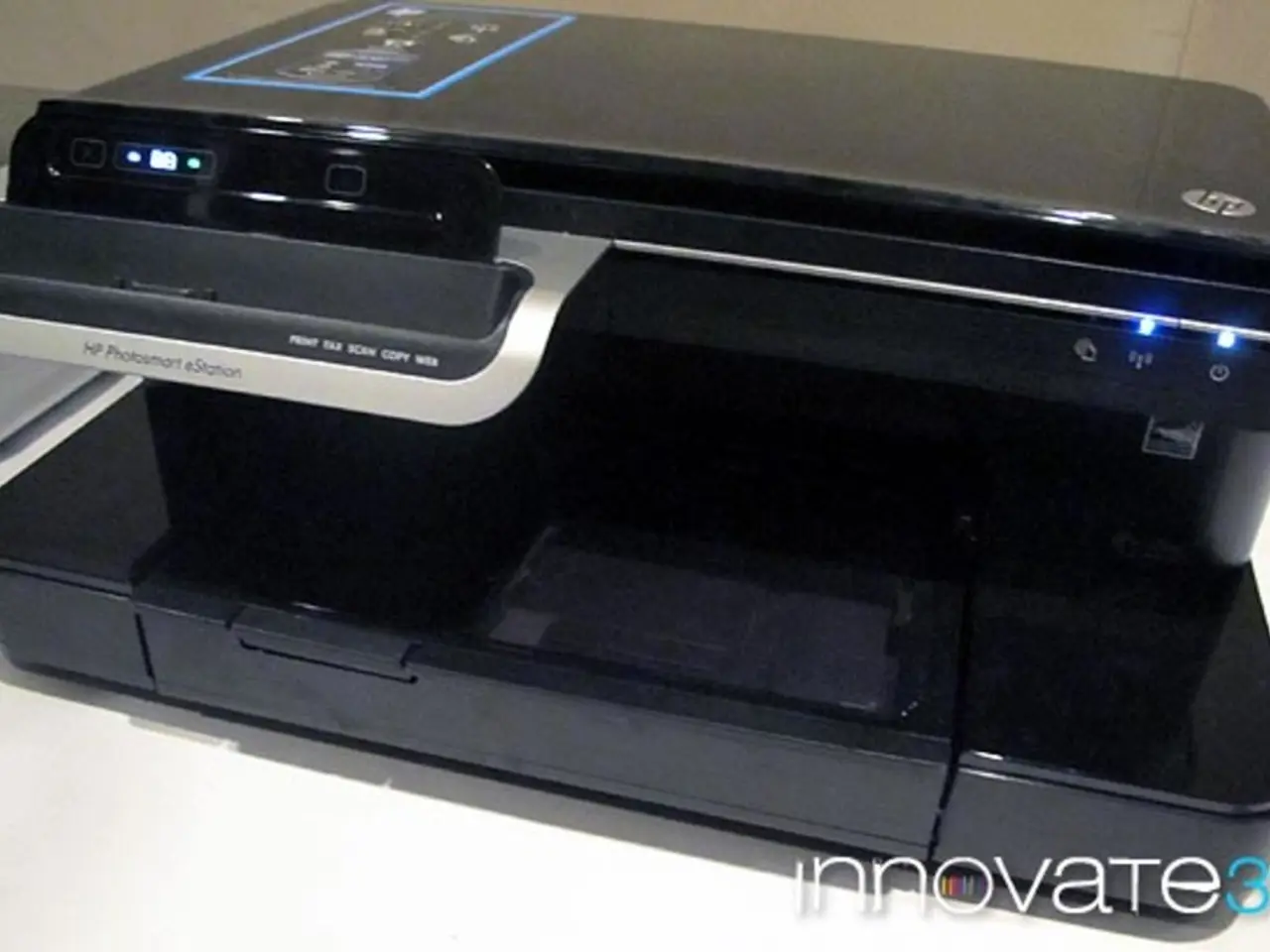The Importance of User Segmentation for Push Notifications in Mobile Apps
In the competitive world of mobile apps, user segmentation has emerged as a crucial tool for success. This process involves separating users into meaningful segments based on shared characteristics, such as demographics, behavior, or preferences.
By understanding these segments, app developers and marketers can create personalized and targeted user experiences, leading to higher engagement, retention, and conversion rates. For instance, a meditation app might send stress relief content to busy professionals while offering sleep aids to students during exams, thereby increasing app usage and user satisfaction.
Segmentation also improves targeting accuracy and engagement. Users are more likely to interact with an app that shows it understands their unique needs and lifestyle. This leads to increased click-through rates (CTRs) and session durations.
Moreover, user segmentation plays a significant role in driving better product development. Understanding different segments helps identify pain points and hidden preferences, guiding feature prioritization and innovation to better serve each group.
When it comes to push notification strategies, segmentation is key. By sending contextually relevant and timely messages, marketers can significantly boost click-through rates (CTRs), improve user retention, and enhance customer loyalty.
Personalized notifications generate up to 10 times more clicks than basic demographic targeting alone. They also improve user satisfaction and retention by showing users content and offers aligned with their current needs or purchase lifecycle stage.
Segmentation using RFM (Recency, Frequency, Monetary value) allows rewarding frequent buyers and re-engaging at-risk users with tailored promotions, boosting loyalty and lifetime value. Context-aware and geotargeted messaging further enhance relevance and engagement, leading to higher interaction rates and better user satisfaction.
Firebase Analytics, for instance, provides insights into the interaction patterns of iOS and Android users with the application, allowing informed decision-making.
In summary, user segmentation is the backbone of a successful mobile app strategy. It enables personalized experiences and smart push notification campaigns that significantly improve engagement, retention, and monetization metrics. By understanding user segments, businesses can target their audience with more engaging and personalized messages, optimize user acquisition efforts, and make informed decisions about marketing campaigns, product features, and user engagement techniques.
With platforms like Twinr, businesses can easily schedule push notifications, create actionable notifications, and check analytics to make informed decisions, working for both Android and iOS. The advantages of segmentation are clear: gains in customer experience, engagement, and conversion rates, making it an essential tool for any mobile app strategy.
- Leveraging user segmentation, app developers can design personalized push notifications that boost click-through rates (CTRs), enhance user retention, and foster customer loyalty.
- By integrating data-and-cloud-computing tools like Firebase Analytics, businesses gain insights into interaction patterns of users, enabling informed decisions about marketing campaigns, product features, and user engagement techniques.
- Incorporating user segmentation strategies such as RFM analysis, allows for tailored promotions that reward frequent buyers, re-engage at-risk users, and ultimately enhance user acquisition, retention, and the lifetime value of each segment, leading to better business outcomes.




